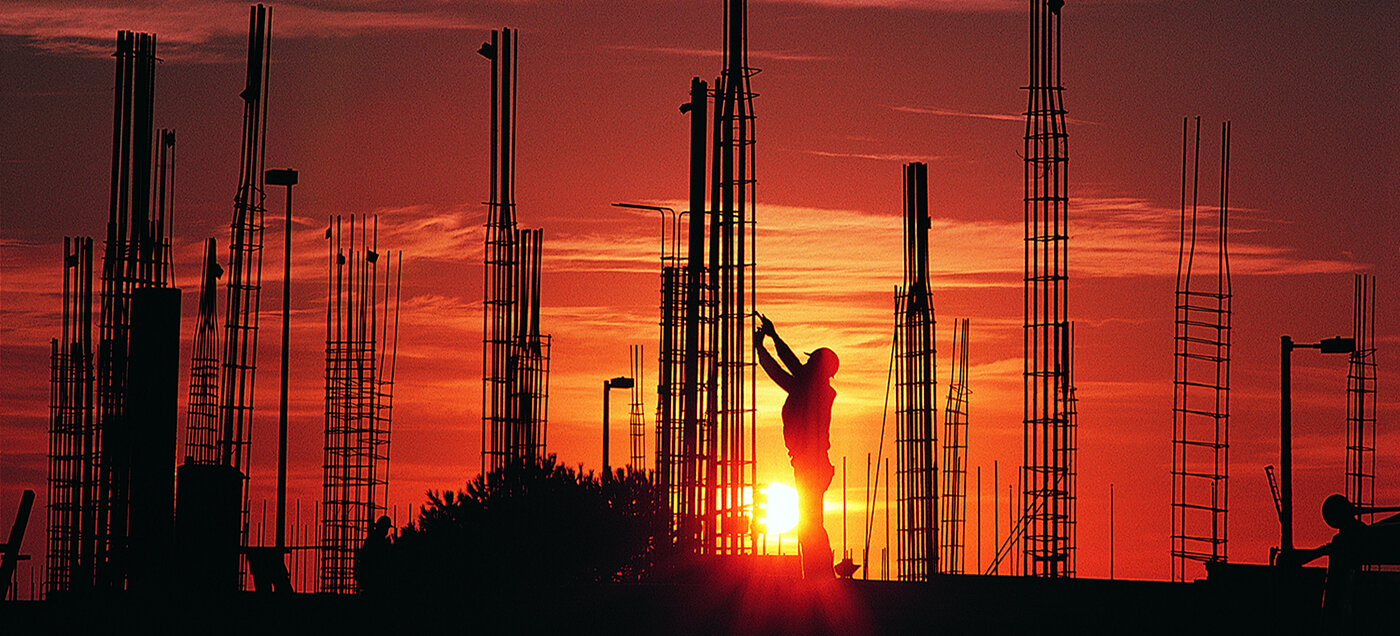Commercial Real Estate News

U.S. Multifamily Housing Confidence Declines in Early 2025
Commercial News » Atlanta Edition | By WPJ Staff | May 13, 2025 2:21 PM ET
Confidence in the U.S. multifamily housing market weakened in the first quarter of 2025, according to the latest Multifamily Market Survey (MMS) released by the National Association of Home Builders (NAHB). Both key indicators of the survey--tracking builder sentiment and occupancy levels--declined year-over-year, signaling a more cautious approach among developers amid economic and regulatory pressures.
The Multifamily Production Index (MPI), which gauges builder and developer sentiment about current production conditions in the apartment and condominium sectors, dropped three points to a reading of 44, indicating more respondents view conditions as poor than good. An MPI reading below 50 reflects overall pessimism in the market.
The MPI is a weighted average of four market segments:
- Garden/low-rise units dipped slightly to 54,
- Mid/high-rise units saw a sharp decline of eight points to 28,
- Subsidized units held steady at 50, and
- Built-for-sale (condominiums) edged down one point to 38.
Meanwhile, the Multifamily Occupancy Index (MOI), which assesses perceptions of current occupancy rates in existing rental properties, registered a still-strong 82, down just one point from the same period last year. A reading above 50 indicates favorable occupancy conditions.
The MOI components also showed resilience:
- Garden/low-rise occupancy slipped two points to 82,
- Mid/high-rise occupancy rose two points to 76,
- Subsidized unit occupancy fell five points but remained high at 89.
"While occupancy in existing buildings remains strong, multifamily developers are remaining cautious about starting new projects, especially mid/high-rise and condominium projects," said Debra Guerrero, chairman of NAHB's Multifamily Council. "Construction costs, regulatory barriers, and financing challenges are the main headwinds, with added uncertainty surrounding tariffs."
NAHB Chief Economist Robert Dietz added, "The MPI of 44 supports our forecast for a modest slowdown in multifamily construction through the rest of 2025, with a possible rebound in 2026. Rising costs and economic policy uncertainty are weighing on the market. More than half of developers surveyed reported supplier price hikes related to current or anticipated tariffs."
The MMS was redesigned in 2023 to align more closely with other NAHB industry sentiment indices. As the new series builds historical depth, trends should be viewed year-over-year until seasonal adjustments become statistically viable.
Sign Up Free | The WPJ Weekly Newsletter
Relevant real estate news.
Actionable market intelligence.
Right to your inbox every week.
Real Estate Listings Showcase
Related News Stories
Commercial Real Estate Headlines
- U.S. Commercial Mortgage Delinquencies Rise in Q2, CMBS Loans Lead the Surge
- Tokenization-Focused Real Estate Investment Bank Announced
- Commercial Cap Rates Edge Lower in U.S., Hinting at Market Turn
- WPV Targets New $6 Trillion Digital Real Estate Tokenization Opportunity
- $1 Trillion in Data Center Development Underway Through 2030
- WORLD PROPERTY VENTURES: The 'Anti-VC' of Real Estate Plans Major Capital Raise
- Multifamily Sector Enjoys Record Absorption in U.S. as Supply Slows, Vacancies Drop
- Employee Back-to-Office Attendance Surges in U.S.
- Phnom Penh Commercial Property Sectors Face Crosswinds in 2025
- World Property Bank Announced to Capitalize on Coming Trillion-Dollar Tokenization Boom
- REAL ESTATE PREDICTIONS: Decentralized Events Contract Exchange in Development
- U.S. Architecture Billings Improve Slightly in May
- Tokyo Office Demand Spills into Non-Core Wards in 2025
- AI Hyperscalers Drive Record Data Center Leasing in Early 2025
- Commercial, Multifamily Mortgage Debt in U.S. Hits Record $4.81 Trillion in Early 2025
- U.S. Multifamily Market Rebounds in Early 2025
- U.S. Office Market Experiences Historic Conversion Shift
- New York City Enters New Era of Office-to-Residential Conversions
- World Property Ventures Plans New Capital Raise
- U.S. Commercial Real Estate Lending Rebounds Sharply in Early 2025
- U.S. Multifamily Housing Confidence Declines in Early 2025
- Asia Pacific Commercial Investment Holds Steady in Early 2025
- Carnival Plans New Miami Headquarters Spanning Over 600,000 Square Feet
- Hong Kong Property Investors Take a Wait-and-See Approach Due to U.S. Tariffs
- U.S. Multifamily Buyer and Seller Sentiment Improves in Early 2025
- One Trillion Dollars of America's Commercial Property Loans Mature in 2025
- U.S. West Coast Dominates Self Storage Demand
- Phoenix, Orange County and Inland Empire Emerge as Leading U.S. Industrial Markets
- U.S. Mega Distribution Centers Leasing Activity Grew in 2024
- U.S. Commercial Borrowing to Increase to $583 Billion in 2025, Up 16 Percent Annually
- Demand for U.S. Life Sciences Space Spikes 28 Percent Annually in Late 2024
- Multifamily Property Sector in America Rebounding
- Asia Pacific Commercial Property Investment Spikes 23 Percent in 2024
- U.S. Commercial Property Market Primed for Growth in 2025
- Architecture Industry Sees Mixed Signals as 2025 Approaches
- Global Data Center Demand Spikes in 2025
- 2025 Prediction: U.S. Commercial Investment Recovery Expected to Gain Traction
- Holiday Retail Sales for 2024 to Hit Record $1 Trillion
- Tech, AI Industries Drive Largest Share of Office Leasing Activity in U.S.
- Commercial Real Estate Lending in U.S. Enjoys Strong Growth in Q3







